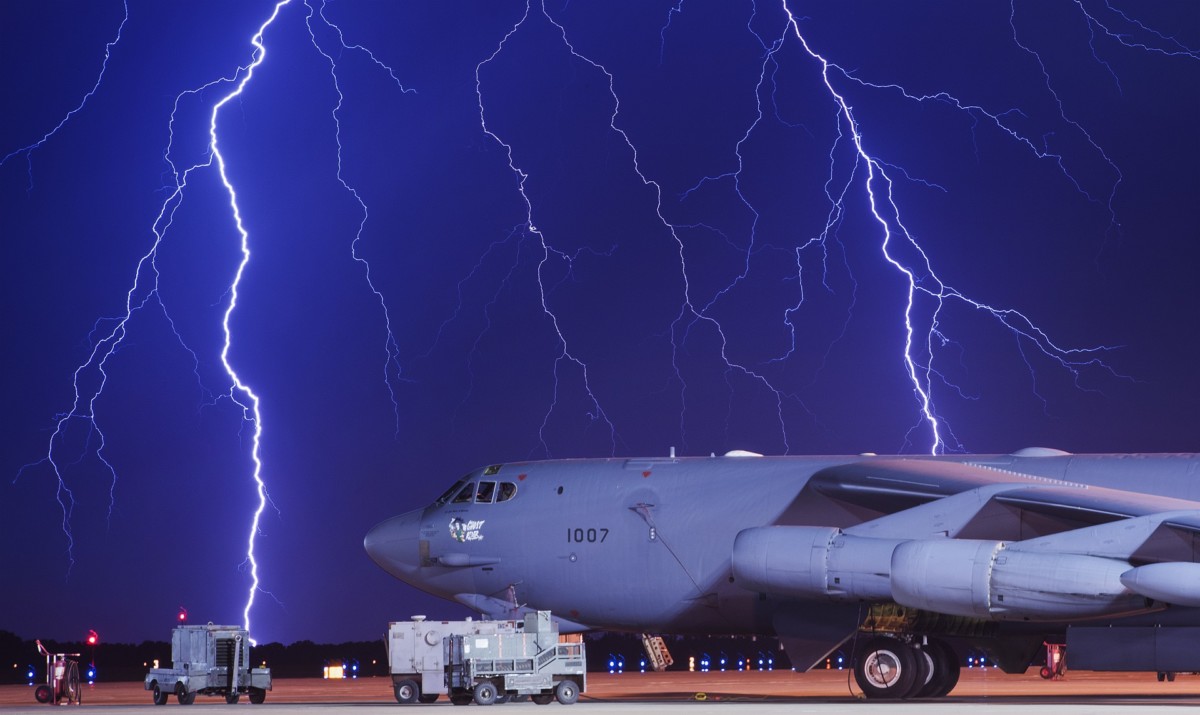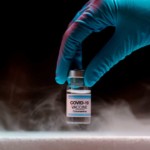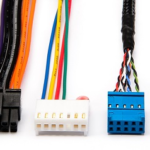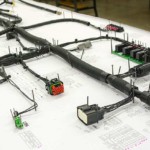Aircraft are susceptible to lightning strikes that can damage external structures and interior components. Lightning protection systems can divert strikes away from sensitive areas like radomes, but maintenance personnel still need to perform inspections and repairs. In this article, the third in a series, we’ll take a look at what technicians and engineers need to know.
Lightning Strike Inspections
Aircraft with a metal skin aren’t immune to the entrance of electromagnetic energy from lightning strikes. The skin is thick enough to protect the airplane’s internal spaces, but electromagnetic energy can still enter the electrical wiring. Lightning strikes can also damage aircraft structures made of composites that include conductive surface treatments, metal mesh, or metallized fibers, fabrics, and veils.
Lightning strikes can affect external structures at both entrance and exit points. With metal structures, the signs of damage include pits, burn marks, or small circular holes. The direct effects of lightning strikes can include melt-through, resistive heating, and missing structures at the aircraft’s extremities. The vertical stabilizer, wing tips, and horizontal stabilizer edges may be especially susceptible.
Aircraft electrical systems are designed to resist lightning strikes, but a high-intensity strike can damage electrically-controlled generators, fuel valves, power feeders, and distribution systems. If a lightning strike causes interior components to malfunction, maintenance technicians need to perform a full examination of the affected system according to the Aircraft Maintenance Manual (AMM).
Lightning Strike Repairs
For information about allowable damage limits and applicable rework or repairs, refer to the aircraft’s Structural Repair Manual (SRM). Original equipment manufacturers (OEMs) such as Boeing have developed SRM repair courses that provide training in assessing and repairing lightning strike damage. Topics include understanding the requirements for restoring lightning strike protection.
Lightning protection includes wire bundle shields, ground straps, wire mesh, embedded metallic wire, bonded aluminum foil, coated glass fabric, metallic frames, and diverter strips. By replacing your current radome lightning diverters with WXGuard lightning diverters from SHINE, you can strengthen your aircraft’s lightning protection system.
WXGuard lightning diverters are manufactured to provide multi-strike protection. They allow lightning strikes to travel directly to ground and are designed to withstand the harsh elements of flight. WXGuard lightning diverters are available in four segment shapes and come in custom lengths. They can be applied using structural adhesives or supplied with 3M VHB tape for ease-of-installation.
To learn more about WXGuard lightning diverters or our recently released test report on: “Rain Erosion Testing of Edge Sealant Materials”, contact us.






